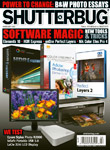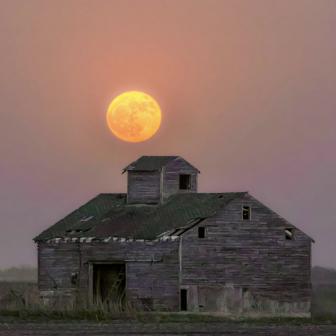|
Mar 15, 2012 |
|
Feb 21, 2012 |
First Published: Mar 01, 2012 |
|
Feb 21, 2012 |
|
Feb 21, 2012 |
|
Feb 21, 2012 |
|
Jan 24, 2012 |
First Published: Feb 01, 2012 |
|
Jan 24, 2012 |



 On The Cover
On The Cover


 On The Cover
On The Cover



